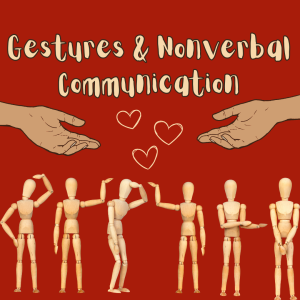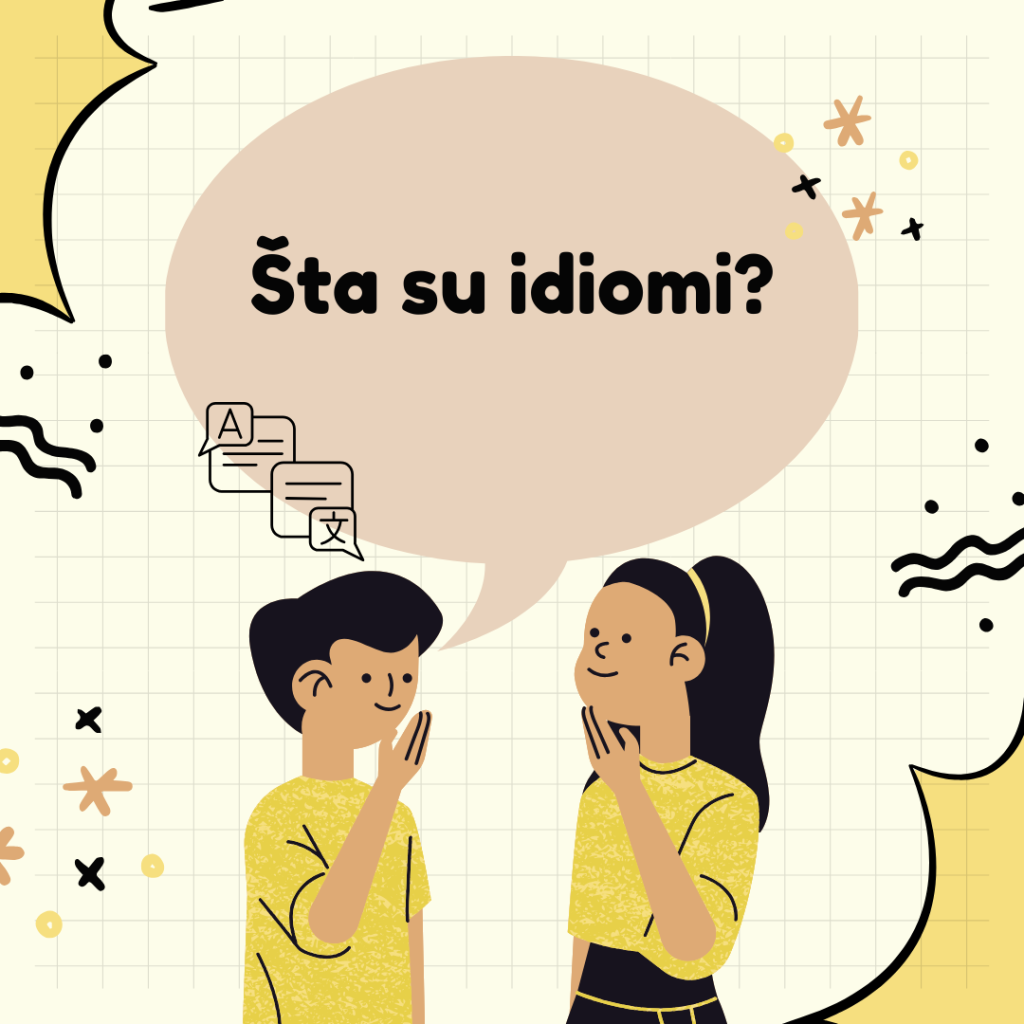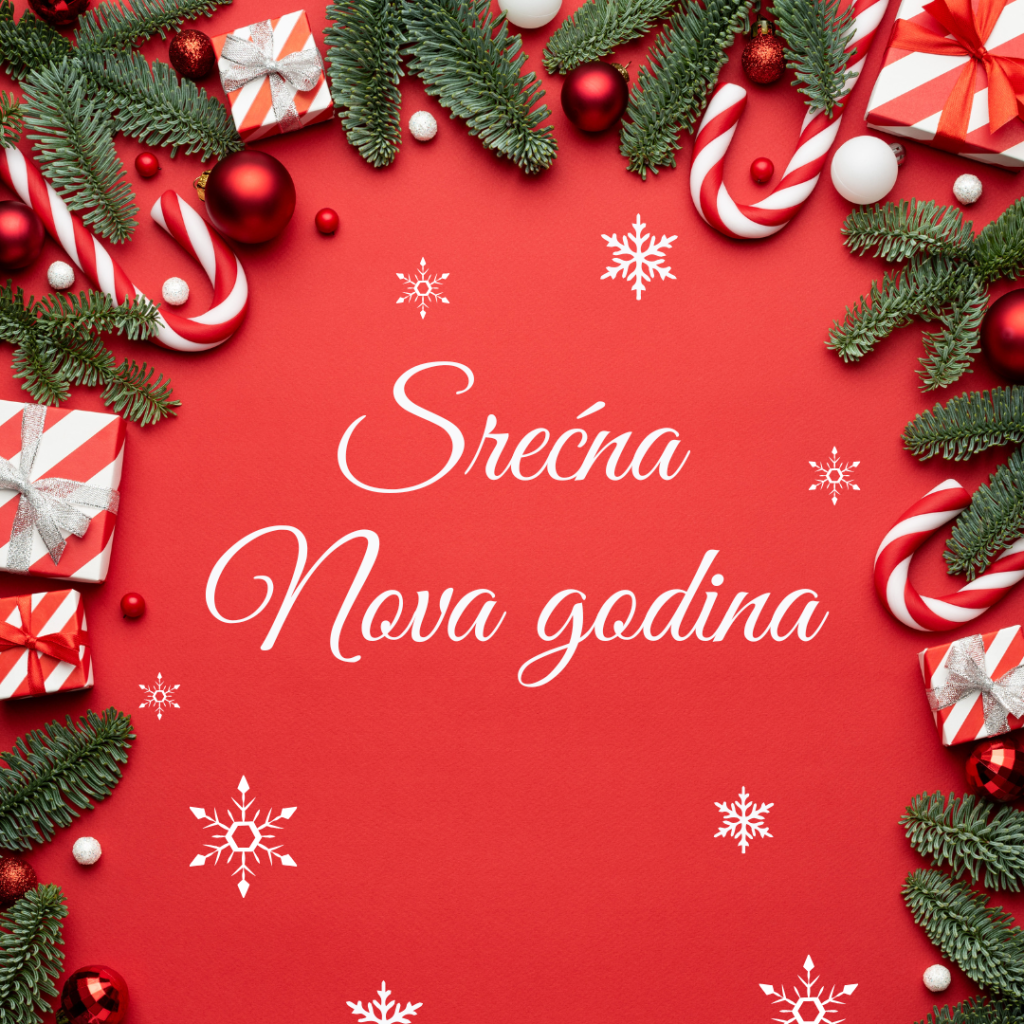
Language is much more than words. You will agree with us when we say: to become fluent in a language, you have to master its nonverbal aspects too. Sometimes, things are better understood through body language and gestures, which is why we decided to create a little guide you can follow to better understand and know the Serbian language nonverbal system.
Gestures as a Lexicon
Gestures are a big aspect of nonverbal communication. One should learn gestures through context and by being exposed to different situations. It is a cultural segment of a language, and as such, should be taken into account when mastering it.
The handshake, the kiss, and the kisses
This sounds like a book title, but it’s actually a significant part of Serbian culture. In Serbia, handshakes are not reserved only for men, and between men, but women as well. It is a sign of respect and a formal greeting.
A kiss on the cheek is reserved for friends and family, usually followed by a warm hug, whereas three kisses are, surprisingly, more formal than one kiss. Three kisses are used for distant family, or, for example, your partner’s family. It follows the pattern: right cheek, left cheek, right cheek. Or the other way around. It really depends; just be careful not to kiss on the lips accidentally. It can get quite awkward.
Three fingers
The three fingers: thumb, index finger, and middle finger, are used to signify Serbian identity, but more so orthodoxy (Father, Son, Holy Spirit). It is a symbol of solidarity or community, not an aggressive one. It is commonly used among boys and young men when taking pictures. Sometimes, the fingers are connected – as if to cross oneself (because Orthodox Christians cross themselves in this manner rather than a whole palm).
Serbian Dismissive Flick
This is a gesture of flicking the fingers of one hand away from oneself, as if trying to shoo a fly or a mosquito. Your hand is sometimes at your torso level (chest level), but most of the time, this is a flick one does in front of the face. This indicates dismissiveness, as if to say: I don’t care or Good riddance.
In Serbian, it is paired with phrases like: Ma ‘ajde, Ma mani me, Ma, Ma zdravo etc. Not only that, but if you pay close attention, you will notice that it is often followed by a raise of the eyebrows and eyes looking down.
Come Here
Similarly to the dismissive flick, the hand is in the same position, torso (chest) level, or in front of one’s face. However, instead of fingers moving away from the body, this time, the palm is facing the body of the person making the gesture, and the fingers are simultaneously closing towards the palm, not fully, just halfway. This gesture can be done once or repeated multiple times. This indicates and replaces: come, or come here.
Counting
Serbian people count starting from their thumb, and working their way towards their pinky finger. It starts with a fist, and when counting from one, the thumb gets raised first, while the rest of the fingers stay in a fist until their number is stated.
Serbian Facial Expressions
Serbian culture and nonverbal communication are rich in facial expressions. We love to speak with our faces! Here are only a few examples:
- Raised eyebrows: disbelief (when eyes widen as well), dismissiveness (when eyes point downwards, usually followed with a flick), what is said by the speaker gets challenged (often only one eyebrow raised)…
- Mouth frown followed by a nod: not bad, or something unexpected happened, but the outcome turns out to be not as bad as expected; sometimes it could be passive-aggressive if someone is sharing something, and others do this, it could be sarcastic.
- Wink – although it can be flirtatious (though nowadays it’s considered cringe to wink at someone you are trying to seduce), wink in Serbian culture also signifies: don’t worry, I’ll take care of this, or look at what I am about to do – usually done towards a third person in the conversation, signifying that the first two are in on the joke, or participating in the same joke.
What Does Nonverbal Communication Uncover About Serbian Culture?
These gestures and facial expressions clearly point to the fact that Serbian people are extremely expressive and direct. They are warm and cordial, but also fierce, sarcastic, and quick-witted. It’s all about the social cues, the nonverbal language, and it is often not subtle at all. What you can’t understand from the Serbian language, you can pick up from what the body and face say.
Okay…What Now?
Well, this is just scratching the surface, because the Serbian language is rich in silent expressions. If you want to learn more about gestures and nonverbal communication, or the Serbian language in general, you can always check out our website, subscribe to our newsletter, or contact us for more! We offer a wide variety of lesson types and are waiting for you to join us!


